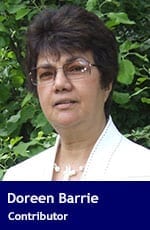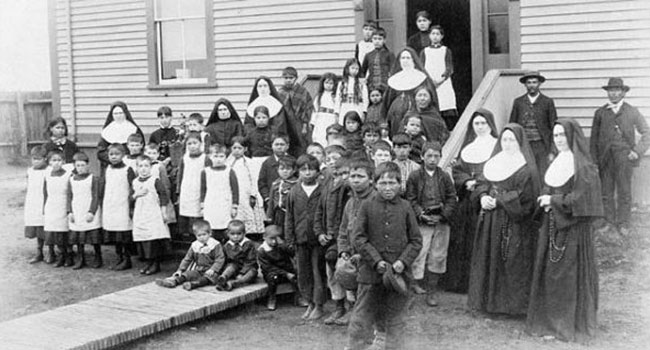 The catalogue of injustices experienced by Canada’s Indigenous people is long and tragic: residential schools, missing and murdered women, and high incarceration rates, to name just a few. Reading the Truth and Reconciliation Commission’s report on residential schools is a gut-wrenching reminder of just one of the catastrophes they have survived.
The catalogue of injustices experienced by Canada’s Indigenous people is long and tragic: residential schools, missing and murdered women, and high incarceration rates, to name just a few. Reading the Truth and Reconciliation Commission’s report on residential schools is a gut-wrenching reminder of just one of the catastrophes they have survived.
Against this backdrop, the federal government’s announcement that Indigenous people will play an official role as stewards of the land is welcome.
Perhaps the most serious problem facing Indigenous people is that they’re below the radar of most Canadians. I’m not suggesting that there’s no ongoing concern or outrage when yet another shocking incident dominates the headlines. However, on a daily basis, many other things preoccupy the population.
What’s needed is a frequent prod of the collective memory to ensure Indigenous groups don’t fade into the background until the next disaster strikes. So how can this prod be delivered?
I have a suggestion that might be considered off the wall and merely symbolic, but I’d like to put it out there for discussion: maybe we should change the second line of O Canada to “our home on native land” instead of “our home and native land.”
I can hear pessimists muttering that it would lead to a spate of land claims but I don’t think the words of a national anthem are justiciable. This minor alteration would:
- remind us on a regular basis of a historical reality;
- underline the great debt we owe to Indigenous people;
- educate children on the role the Indigenous have played in this country.
The Truth and Reconciliation Commission recommended that the curriculum for students from kindergarten to Grade 12 include the history of Indigenous peoples in Canada, as well as the legacy of residential schools. Alberta, among other provinces, is revising the school curriculum.
As it stands, children leave school with little knowledge of what North America looked like before the arrival of European settlers.
Too few adult Canadians are aware of the cultural traditions, spiritual practices and worldview of Indigenous people. When settlers first set foot on our shores, the learning curve was steep and their survival depended on the help and experience of their Indigenous hosts. Inventions such as the canoe enabled not just the fur trade but westward expansion centuries ago. Others, like the kayak, snowshoes, chewing gum (who knew!) and medicines used to this day are part of their legacy. Yet traditional knowledge has only recently been recognized.
What might surprise some is the role played by Indigenous peoples in Canada’s military history for over 200 years. In the First World War, one in three able-bodied Indigenous men volunteered. In 1942, John Diefenbaker observed in the House of Commons that the reserves in Western Canada had been depleted of almost all able-bodied men, who had joined the Second World War effort. And this was true of reserves across the country.
These volunteers were Status Indians (who lost their status as a result of enlisting), so these figures don’t include Metis, Inuit and non-Status Indians who also went overseas. They served heroically and several were awarded medals. Most notable was Tommy Prince, who was awarded nine medals (including the Silver Star from the Americans) in the Second World War and two in the Korean War. Sadly, Prince and many other Indigenous veterans did not fare as well as their white colleagues on their return home and Prince’s life ended in poverty, in a Salvation Army shelter.
Given all that Indigenous people have encountered since the first settlers arrived, it’s doubtful that a gesture like changing one word in the national anthem will be greeted with great enthusiasm.
However, they’re not my target. The rest of us have to take steps towards reconciliation and find common ground with Indigenous groups. That ground is all around us in the inspiring landscape – an important and unifying symbol for Indigenous and non-Indigenous communities alike.
Indigenous people of Canada have a profound spiritual connection to the land and all living creatures. They see themselves as stewards obliged to preserve it for future generations and Ottawa has recently made this official.
Non-Indigenous Canadians also have a strong emotional attachment to the land, awed by the vast and beautiful wilderness that’s both terrifying and humbling.
It’s a unifying symbol that cuts across ethnicity, religion and language.
Altering the national anthem might seem trivial, but the change relates to the land we share, even if we experience it in different ways.
Doreen Barrie is an adjunct assistant professor in the Political Science Department at the University of Calgary.
The views, opinions and positions expressed by columnists and contributors are the author’s alone. They do not inherently or expressly reflect the views, opinions and/or positions of our publication.

